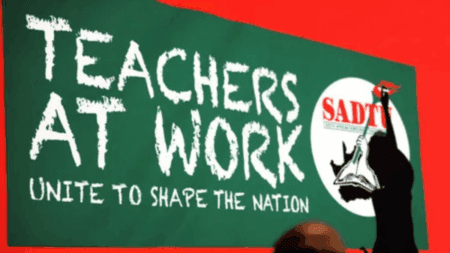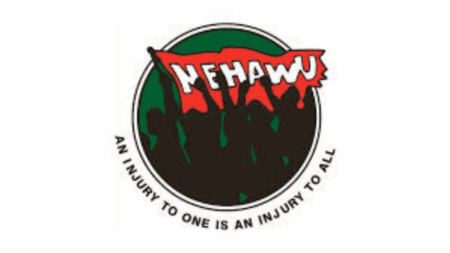Your cover letter is your first opportunity to make a great impression on potential employers. It’s your chance to showcase your personality, highlight your skills, and explain why you’re the best fit for the job.
How to Write a Cover Letter That Gets You Hired
Here’s a step-by-step guide to writing a compelling cover letter that grabs attention and gets you hired.
1. Understand the Purpose of a Cover Letter
A cover letter complements your CV or resume by:
- Explaining why you’re interested in the position.
- Highlighting your relevant skills and experiences.
- Demonstrating your knowledge about the company.
- Showcasing your enthusiasm and fit for the role.
2. Research the Company and Role
Before you start writing, take time to understand the company and job requirements. Research:
- The company’s mission, values, and culture.
- Recent news, achievements, or projects.
- The specific responsibilities and qualifications mentioned in the job description.
This knowledge helps tailor your cover letter and shows genuine interest.
3. Structure Your Cover Letter
A good cover letter has the following sections:
Header
Include your contact information, the date, and the employer’s details:
Your Name
Your Address
Your Email
Your Phone Number
Date
[Employer’s Name]
[Company Name]
[Company Address]Greeting
Address the letter to a specific person whenever possible. Use their name and title, e.g., “Dear Ms. Smith,” instead of generic greetings like “To Whom It May Concern.” If the name isn’t available, use “Dear Hiring Manager.”
Opening Paragraph
Start strong by:
- Mentioning the job title you’re applying for.
- Highlighting how you found the job (e.g., job board, referral).
- Hooking the reader with a compelling reason why you’re a great candidate.
Example:
“I am excited to apply for the Marketing Specialist position at XYZ Company. As a passionate marketer with over three years of experience in digital campaigns, I was thrilled to see this opportunity on your careers page.”
Body Paragraphs
This section should:
- Highlight your qualifications and achievements relevant to the job.
- Use specific examples to demonstrate your skills.
- Explain how your experience aligns with the company’s goals.
Example:
“At ABC Company, I spearheaded a social media campaign that increased engagement by 40% within three months. This experience, coupled with my expertise in content creation, aligns perfectly with XYZ Company’s focus on innovative digital marketing strategies.”
Closing Paragraph
End on a confident and enthusiastic note by:
- Reiterating your interest in the role.
- Expressing your excitement to contribute to the company.
- Encouraging the employer to contact you for an interview.
Example:
“I am eager to bring my creative skills and strategic mindset to XYZ Company’s marketing team. I would welcome the opportunity to discuss how I can contribute to your upcoming projects. Please feel free to contact me at [your phone number] or [your email].”
Sign-Off
Use a professional closing such as:
- Sincerely,
- Best regards,
- Yours faithfully (if you didn’t address the letter to a specific person).
Sign your name below the closing phrase.
4. Tailor Each Cover Letter
Avoid sending generic cover letters. Customize each one to the specific job and company by:
- Mentioning the company’s name and role title multiple times.
- Highlighting how your skills match the specific job requirements.
5. Use a Professional Tone and Language
Keep your tone confident and professional:
- Avoid overly casual language.
- Use action verbs (e.g., “led,” “managed,” “created”).
- Be concise; aim for 250–300 words.
Recommended for you: How to Write a Winning CV: A Step-by-Step Guide
6. Proofread and Edit
Errors in your cover letter can leave a bad impression. Before sending:
- Check for spelling, grammar, and punctuation mistakes.
- Ensure the formatting is clean and consistent.
- Ask a friend or mentor to review it.
7. Format for Easy Reading
Follow these formatting tips:
- Use a clear font like Arial, Times New Roman, or Calibri.
- Keep the font size between 10 and 12 points.
- Use 1-inch margins and single spacing.
- Save and send your cover letter as a PDF to preserve formatting.
8. Examples of Strong Cover Letter Phrases
- “I am eager to bring my [specific skill] to your team and contribute to [specific goal or project].”
- “During my time at [previous job], I successfully [key achievement], demonstrating my ability to [relevant skill].”
- “Your company’s commitment to [value or mission] resonates deeply with me, as I have experience in [related area].”
9. Follow Up After Submitting
If you haven’t heard back after a week or two, consider sending a polite follow-up email. Reaffirm your interest and inquire about the hiring timeline.
10. Keep Improving Your Cover Letter Skills
Each application is an opportunity to refine your approach. Save copies of your cover letters to learn what works best for different industries or roles.
Read more: ESSA Login and How to Access Government Job Opportunities
A well-crafted cover letter can make all the difference in landing your dream job. By following these steps and dedicating time to personalize your application, you’ll stand out from the competition and leave a lasting impression on potential employers.






